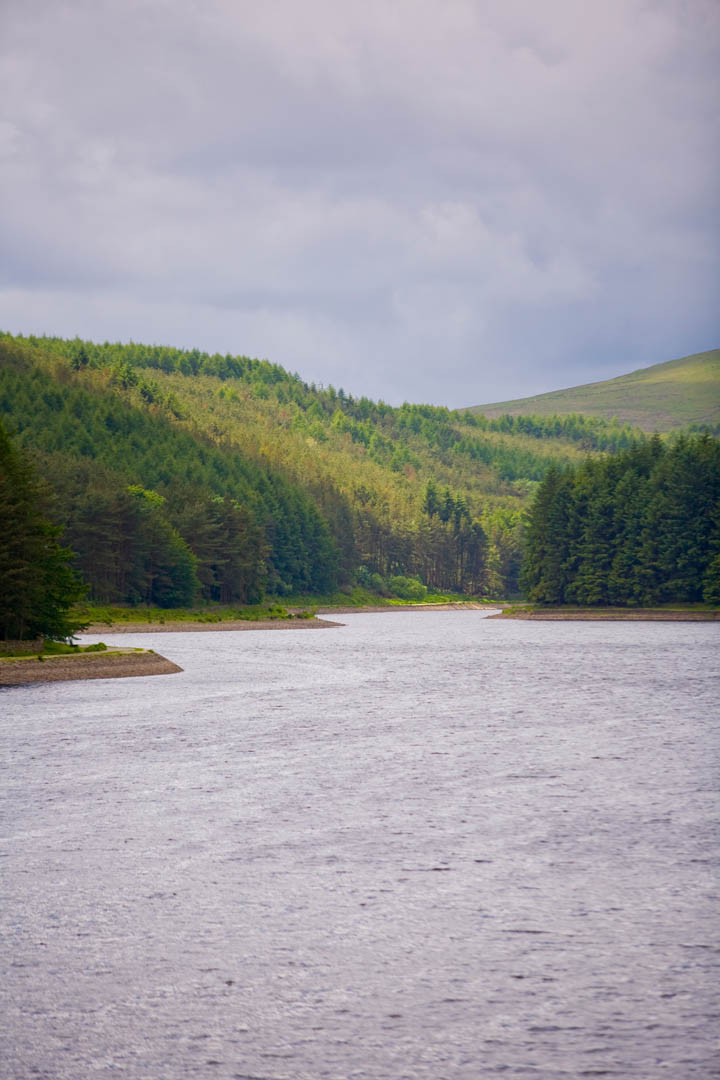Water supplies - a finite resource
April 2022 was the latest in a series of unusually dry Aprils across not just the UK but a large area of Europe. A paper by Monica Ionita et al. (2020) in npj Climate and Atmospheric Science looked into the curious case of dry Aprils across central Europe since 2007. The difficult question is whether this change is part of a natural fluctuation or linked to greenhouse gas emissions. Ionita et al. indicates a link between warming over the Arctic and persistent high-pressure systems, although the reduction in spring precipitation could not be fully attributed to either anthropogenic or natural causes.
While one dry month is not a concern for water resources, it can be problematic to anyone growing crops or dependent on reliable and sustainable water supplies. And as SEPA issued a water scarcity report for Scotland, this shows the south and east of Scotland are already at “early warning” of scarcity. This reflects low river flows and groundwater levels during April. There are three levels on the scale that are more severe than early warning. The west and north of Scotland are currently classed as ‘Normal conditions’.
Why is water scarcity important?
Lets look at the implications of potential water shortages to the whisky distilling industry. Water is of course essential to whisky production and water scarcity has serious consequences for that production, and for the impact on the whisky industry’s circa £5 billion annual contribution to the economy.
Scotland is generally thought of as a fairly wet place, but in the summer of 2008 whisky production halted at about half of Islay’s distilleries because of prolonged dry weather (The Guardian). Water scarcity impacts were also experienced in 2010 (CEH, 2012 ) and in 2018 (The Guardian ). During 2021, Islay was on “Alert” status and at “Early Warning” by mid-August where it remained until early October (Previous SEPA Water Scarcity Reports ).
Recent research (Glengoyne Distillery, 2021 and CREW, 2018) has highlighted the current and future challenges facing the distilling industry under climate change, including a potential increase in drought frequency, intensity and duration. This would affect the amount available for water abstraction, whisky production and the economy.

Maintaining a weather eye
To understand the longer term outlook for water resources, we need to expand our analysis to a longer time period than just one or two months.
Different types of water use and supply are sensitive to dry periods of different lengths. Seasonality is also important, since rainfall is more “hydrologically effective” in the winter when it is more likely to fill reservoirs or recharge groundwater, rather than being “lost” to evapotranspiration or direct runoff. And so far, over the winter half of the year, October 2021 to March 2022, rainfall was close to normal across nearly all of the UK.
In England the Environment Agency’s Water Situation Report for April describes river flows as mostly below normal for the time of year, while reservoir stocks and groundwater levels were within the normal range at most sites. The report also provides probabilistic projections for water resources over the next 12 months which consider four scenarios of rainfall amounts. Normal or below normal conditions seem to be the most likely outcomes.

For more information on how JBA can help with water resource and water supply services contact Duncan Faulkner or David Cameron.



